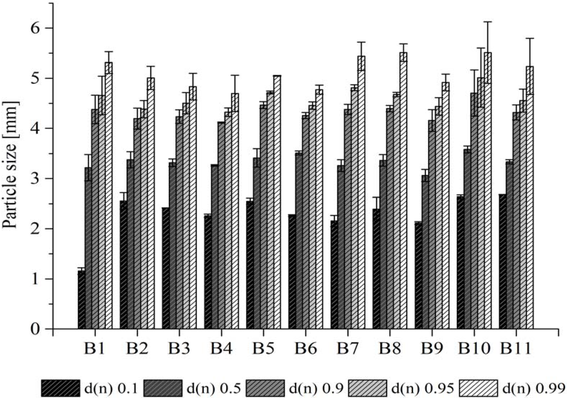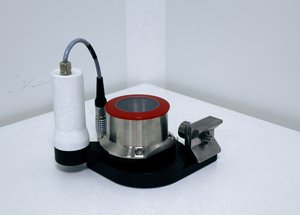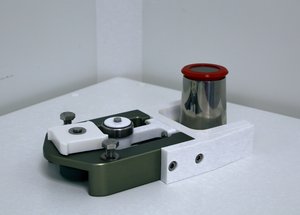Scientific papers
Numerous orally administered drugs face challenges in bioavailability due to limited solubility. The smartFilm technology presents an innovative solution for enhancing drug aqueous solubility by incorporating the drug into the matrix of cellulose-based paper in an amorphous state. Although smartFilms, resembling pieces of paper, have proven effective, they possess restricted flowability and are not easily swallowable, making oral administration inconvenient. Furthermore, there is a lack of understanding regarding their mechanical behavior during compression. This study aimed to convert unloaded smartFilms, i.e., paper, into a more flowable physical form and investigate their mechanical response to compression.
Paper granules were prepared through wet granulation and subsequently compressed into tablets. The impact of varying amounts and forms of sucrose, used as a binder, on the pharmaceutical properties of the resulting granules and tablets was examined. The most suitable composition was identified through instrumented die experiments, wherein Poisson’s ratio and Young’s modulus were determined at different compaction force levels. Deformation behavior was estimated using the Heckel mathematical model.
All granule batches exhibited favorable flowability, with angle of repose values ranging from 25 to 35°. Granule batches containing ≤30% dry sucrose content produced tablets meeting the requirements of the European Pharmacopeia, and the compaction behavior of the granules closely resembled that of traditional binders and compression enhancers. This study demonstrated the transformation of paper into granules, serving as viable intermediate products for large-scale industrial tablet production made from paper.

Comments
No comments posted yet.
Add a comment












